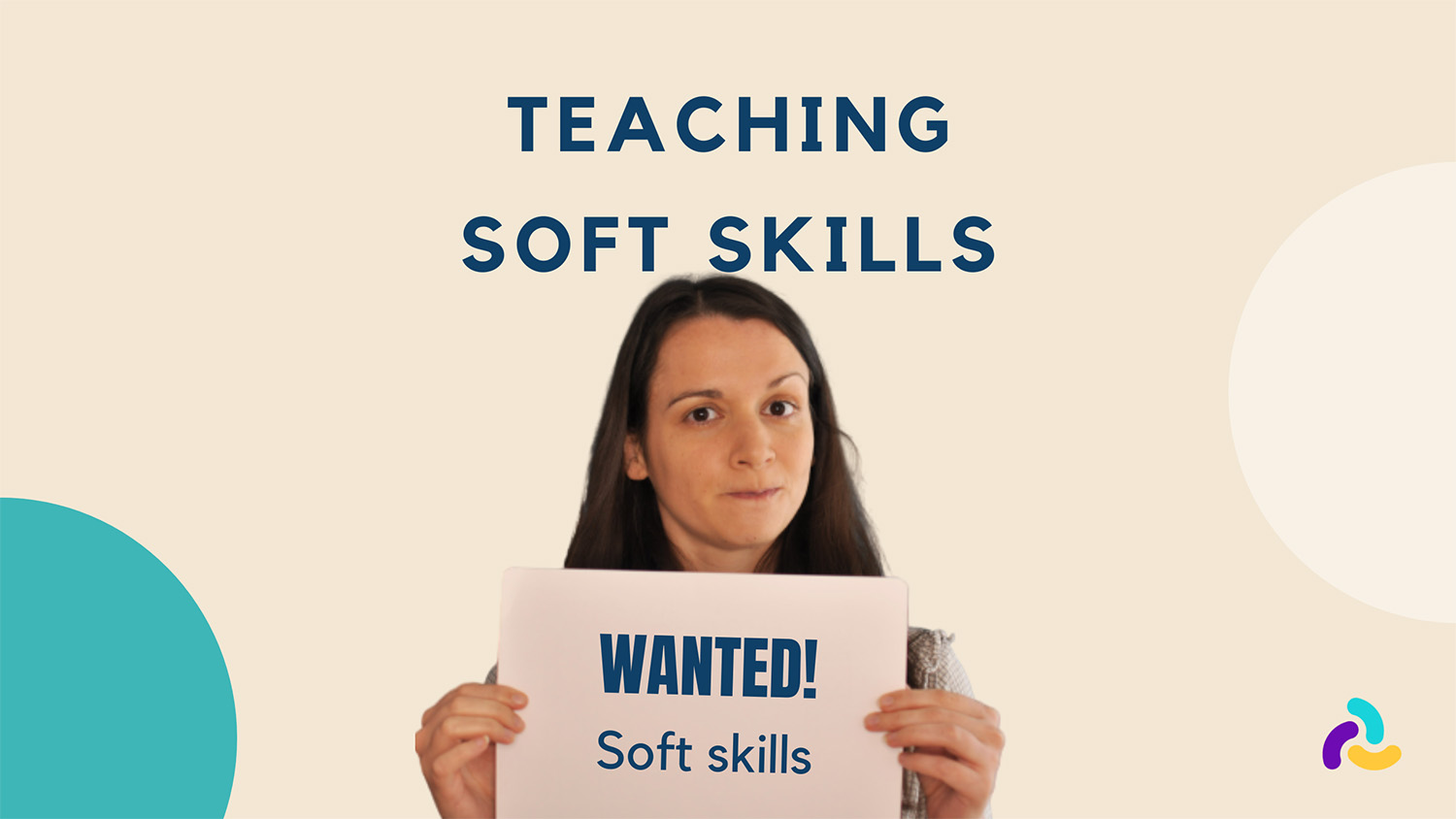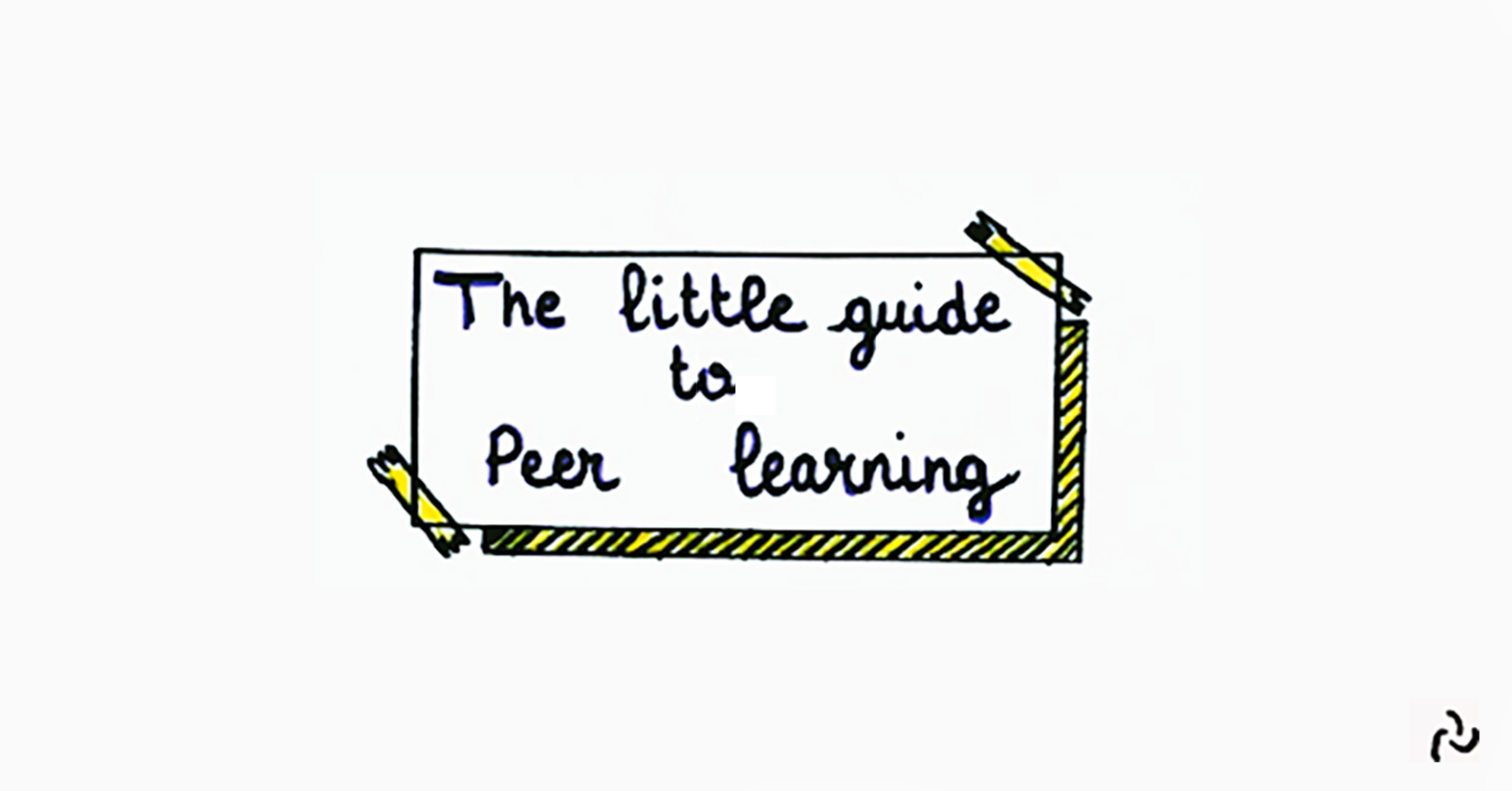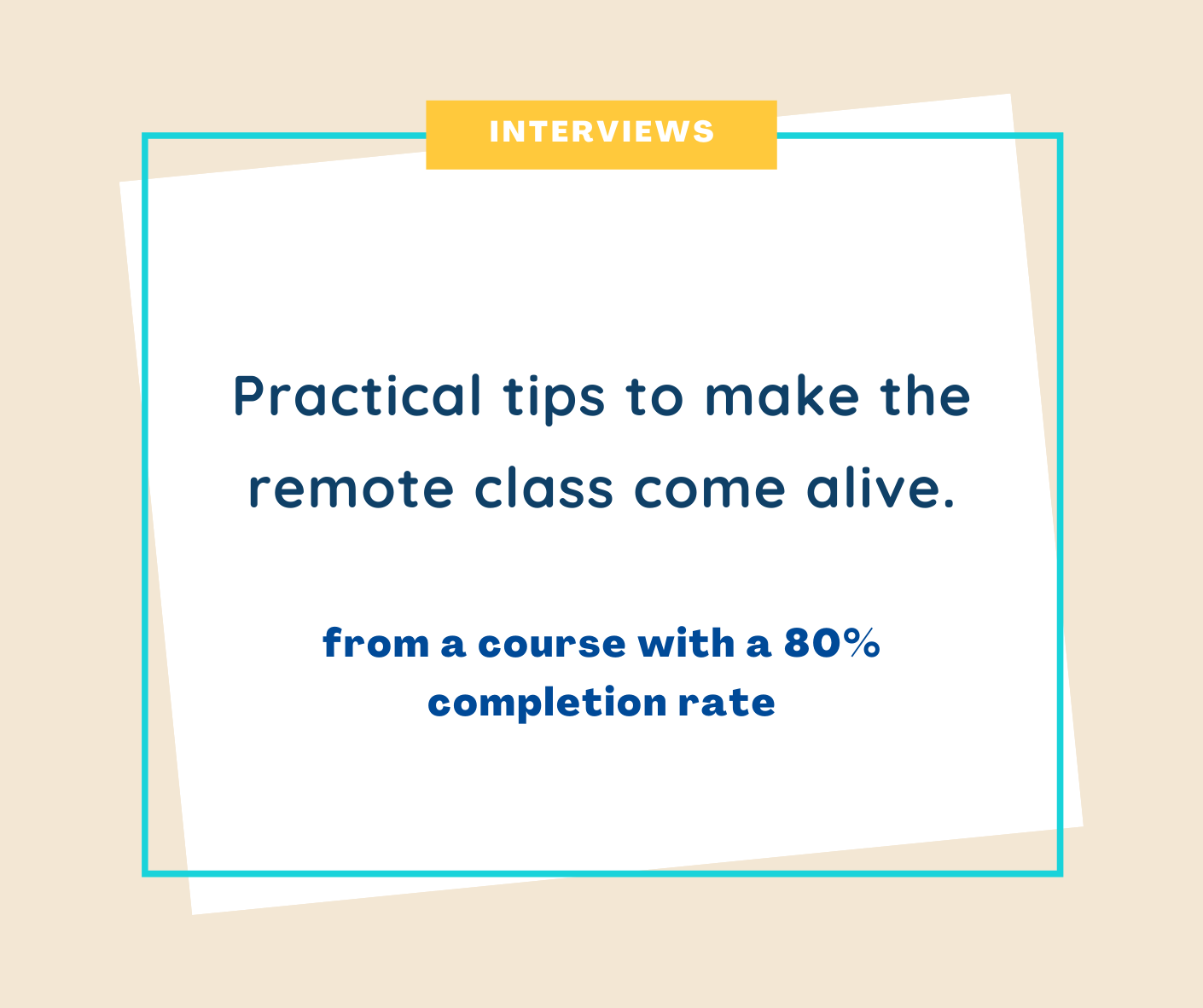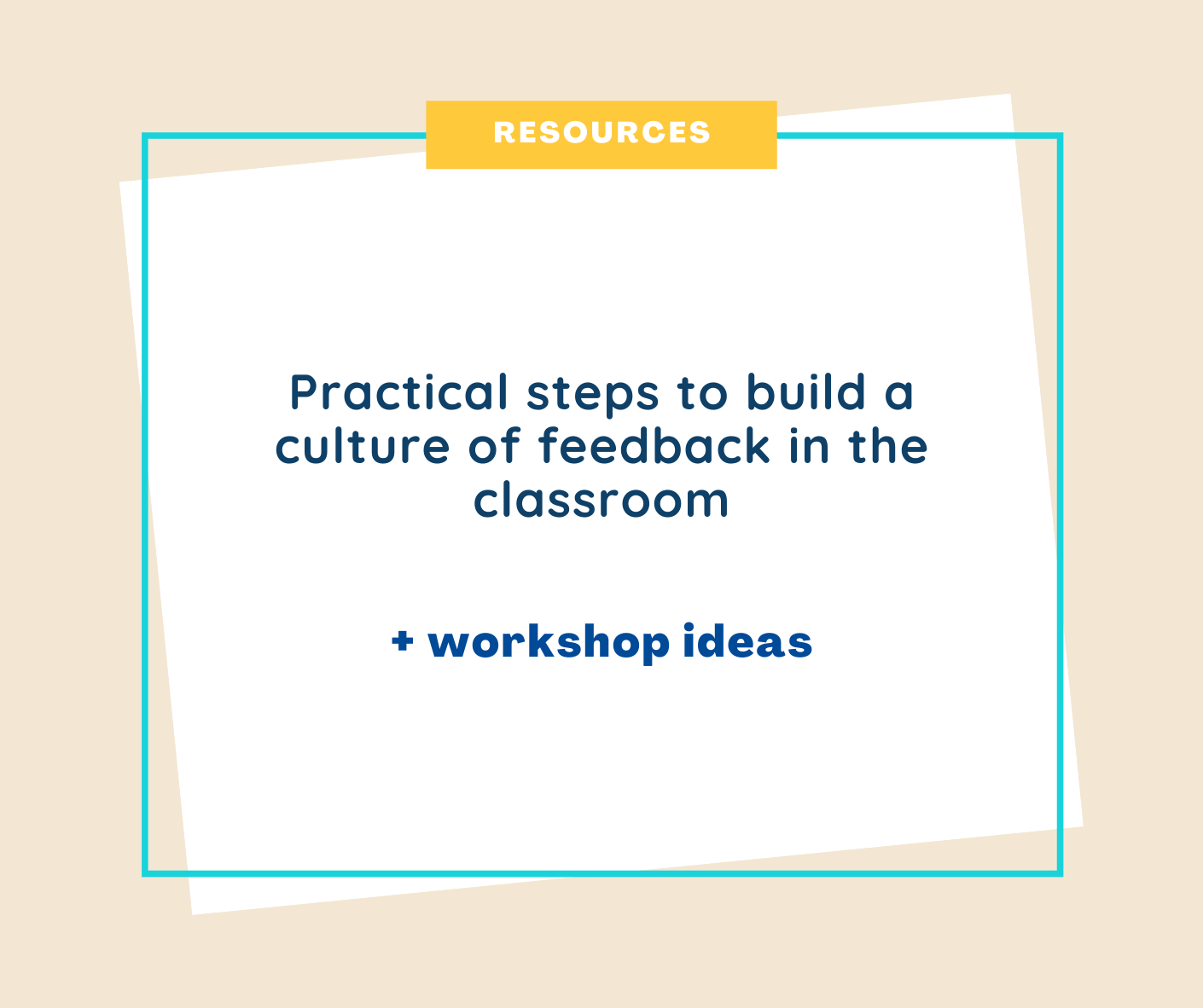Ecole 42 is one of the few schools in the world whose curriculum is entirely gamified. I was the one leading the gamification back in 2015, and you’ll find here the report I wrote at the time. It contains the design decisions and the research that backs them up.
While this gamification is hardly replicable because of the school’s specific model (no teachers, students exclusively learn by doing projects with peers), the principles behind it are transferable.
Hopefully it can inspire applications in your own context!
Disclaimer: This article is illustrated with our own drawings - they are not representations of 42’s interface or projects. The gamification might have changed or evolved, this article strictly contains the research and recommandations done in 2015. Also, this article does not constitute an endorsement of 42’s pedagogy, it’s how I approached the gamification within the constraints of the 42 model.
Context
When 42 opened its doors in 2013, its curriculum was made of mandatory, time-bound projects organised within modules. Learning was thus rythmed by faculty. It was already a pure peer learning experience, with students working exclusively among themselves and correcting each other’s work. The community spirit was a strong component of the learning experience, with everybody fighting side by side to meet deadlines. I was a 2013 student and lived this from the inside.
The system changed in 2014 to fit more closely with what 42’s creators had in mind. It moved from a structure with deadlines to a self-paced experience. Instead of an organisation around modules, a framework with experience points was put in place: students would validate a project, get the associated points, and it would move their overall level within the framework.
Students started the program with access to a couple of beginner projects, and once those entry-level projects were completed, they basically had access to several dozens of projects to pick from.
In this new system, many students struggled to meet expectations. By the time I joined the 42 staff in early 2015, at least half of the 2014 class failed to engage with their learning on a consistent basis.
I took a deep dive in psychology research to understand what actions we could take to encourage student engagement, considering the constraints of the 42 model.
The following is the report I wrote in 2015 (with details pertaining to 42’s internal organisation edited out).
I. THEORETICAL CONSIDERATIONS
Introduction to Self-Determination Theory
Self-Determination Theory (abbreviated SDT) is an ongoing, 40-years in the making, integrated theory of self-determination. It takes its roots in organismic theory. Organismic theory postulates that learning is a natural process, and that beings have an innate and natural tendency toward growth.
Simply put, all people are born with a tendency to grow into an organized, competent person. We are moved, by default, by a drive to level up in life, and feel pleasure in doing so.
This drive toward organization manifests itself in two points, and is the foundation of three psychic needs :
the construction of integrated knowledge (we naturally take pleasure in mastery, in being competent actors in our lives) => basis for our need for competence and autonomy
the striving for social cohesion and integration of ourselves in our social matrix => basis for our need for relatedness
Autonomy is experienced when one’s actions and goals are experienced as emanating from one’s authentic self. It is what I feel when I have the impression of doing things out of my own will and to reach goals that are important to me.
Competence is experienced when one feels capable of mastering challenges. Challenges and mastery allow for developmental gains : people get better at solving problems, and in the process they get a sense of confidence and self-esteem.
Relatedness is experienced when one feels closely related to other people. Feeling close to other people can sound like a bonus, and not a prerequisite, to good performance in a learning environment, but it’s actually essential both to cognitive development and the cultural transmission of values (we’ll get back on that later).
Organismic theory tells us that, if we do our best to provide an environment that satisfies those needs, students will likely express their inherent tendency to learn, to do, and to grow.
Why is self-regulated learning important ?
At 42, students are free to come and go when they want, register to the projects they want, and to complete them in how much time they deem necessary. With so little constraints imposed by the learning environment, we need students to be intrinsically motivated in order to engage with their studies.
But self-regulated learning is important in its own right, regardless of whether we need it from our students.
Indeed, self-regulated learning has a qualitative advantage over learning that is controlled by outside pressure.
Several studies have investigated the effect of self-regulation -of engaging freely in an activity without external incentive- on learning itself. Those studies yielded complementary results :
In classrooms where teachers encourage the autonomy of their students, students are more actively engaged in learning, and they have a higher sense of competence for academic tasks (Deci, Schwartz, Sheinman, and Ryan, 1981)
When teachers encourage children autonomy, the children are more motivated to gain mastery, they possess greater perceived competence, and they demonstrate more capacity for problem solving (Ryan and Grolnick, 1986)
Learning that is self-regulated and autonomous has a qualitative advantage over that brought by external rewards : knowledge is more deeply processed, better retained, more generalizable, and better integrated with prior knowledge (Ryan & Stiller, 1991)
Interest in a subject is positively correlated with depth of processing and quality of learning (Schiefele, 1991)
Extrinsic rewards have a negative effect on cognitive tasks : students coerced into an activity by the appeal of an extrinsic reward perform worse, they have more difficulty generating creative solutions to problems (McGraw, 1978). Indeed, the offer of an extrinsic reward for solving problems can have dramatic negative effects on performance (Lepper, Cordova, 1992)
Extrinsic non-integrated (when the learner doesn’t identify with it) regulation is positively correlated with anxiety in school and maladaptive coping with failures. On the other hand, self-regulation is positively correlated with interest and enjoyment of school and proactive coping with failures (Ryan & Connell, 1989)
Being more autonomous is thus associated not only with better performance in school but also enhanced well-being.
“To summarize, a variety of studies have indicated that when students display more autonomous self-regulation, they evidence greater conceptual understanding as well as better adjustment and coping, and they are more likely to internalize the values that are endorsed within the learning context.” (Deci, Ryan & Williams, 1996)
II. PRACTICAL IMPLICATIONS FOR THE 42 MODEL
42 already has the foundations for an effective self-directed learning environment. There is a strong will to develop student autonomy (no teachers, no deadlines), competence (students can learn at their own pace to gain mastery) and relatedness (peer learning). As we will see, there are still many axes we can work on to promote student motivation and engagement.
Choice
Principles: Choice in itself doesn’t automatically promote intrinsic motivation : it does when all SDT needs are met to a meaningful degree. (Katz & Assor, 2007)
It is not the mere act of choosing that is valuable, but the value of the options to the learner’s self and personal goals. “Picking” between random choices has no positive effect on motivation, the chooser must find at least one of them to be relevant, interesting or important to them (autonomy support)
There is such a thing as too much choice. When there is a “choice overload” (Iyengar, 2004), decision-making strategies become too cognitively complex, and people don’t feel confident in their ability to choose. Choice is motivating only when it offers a limited number of options of intermediate difficulty (competence support)
Current state: The first projects quickly unlock the ability to do at least half of the other projects. Since we have set relatively low level access on most projects, students quickly find themselves confronted to 20, 30, and then 50+ options.
Recommendations: Having too many possible choices leaves many users overwhelmed and unable to make effective choices. Malone & Lepper (1987) postulate that above 5-7 alternatives, people cannot discriminate reasonably between options and will experience frustration instead of motivation. We should drastically reduce the number of choices available to our students, by making projects more interdependent. Any given project could unlock between one and three projects, so that students are gradually introduced to our pool of projects and don’t get overloaded with choice from the beginning.
Status: Implemented.
Information
Principle: Related to the concept of Choice is the one of Information : to be able to choose between options, the relevance of each option to the learner’s short-term goals should be explicit.
Current state: Project pages display few factual information. There’s a title, associated skills, and links to e-learning resources and to the subject. There is no information on the content of the project or its objectives.
Recommendations: A project page should contain a description of the project, its objectives, and at which moment learning the underlying concepts is optimum. With that information, learners can make a choice most relevant to them (autonomy support) and thus feel confident in their choice (competence support).
Status: Implemented.
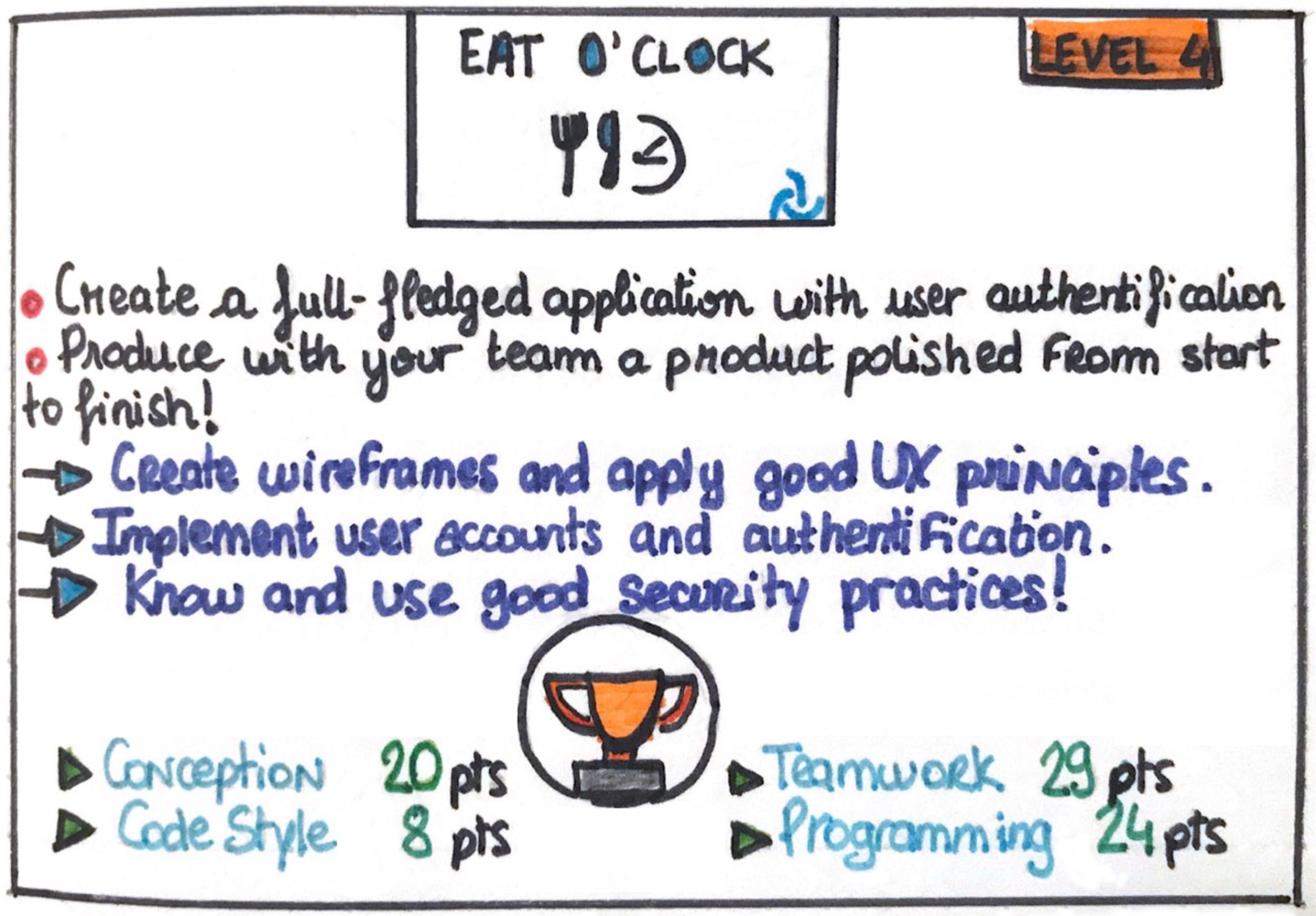
System thinking and well-ordered problems
Principles: Cognitive science has shown that the order in which learners confront problems in a problem space is important (Clark, 1989; Elman 1991) and that leaving learners in a rich environment with no guidance encourages poor cognitive reasonings in the long-term (Gee 1992, 2001).
In addition, people learn best when they see how their learning fits in an overall, meaningful system. When students fail to have a feeling for the whole system they are studying, they fail to see the complex interactions and relationships that tie things together.
Current state: We provide a large pool of projects without explaining their interdependence, and give no indications as to the order in which problems should be tackled.
Recommendations: We need to provide students with a global, synthetic view of the competencies they develop in our school. Interdependence between projects should be made explicit, so they can understand “how it all fits together.” We also need to make sure that novices don’t tackle problems whose intricacies they cannot understand yet. Someone that is just starting on imperative programming should not do so by attempting a project on the usage of threads, for example.
Thus, projects should be organised as a competence tree that can show both the order in which projects should be done, and their interdependence.
Status: Implemented.
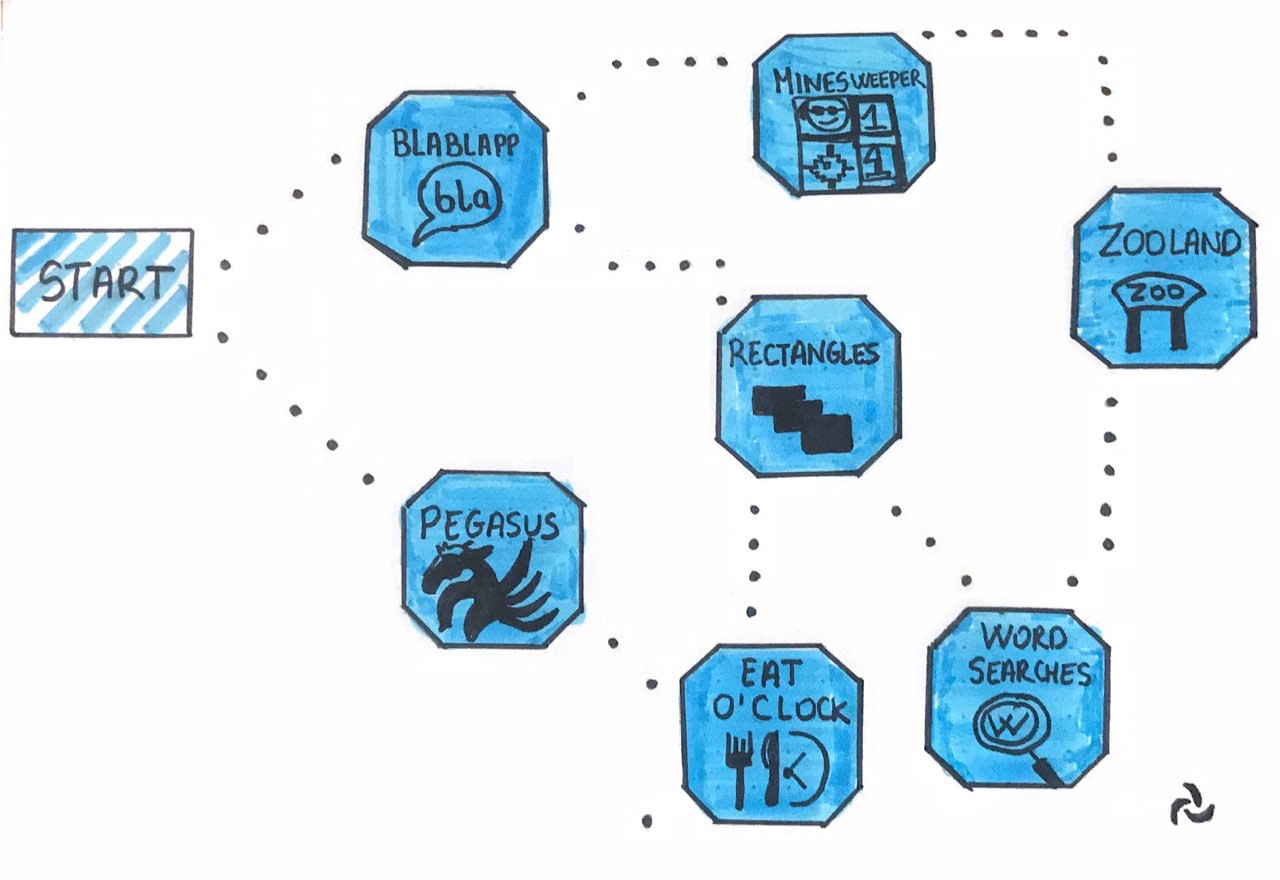
Expressions of competence
Principle: The theory of Universal Design for Learning tells us that learners should express their mastery of a domain in ways meaningful to them. We should allow users to set their own goals and achievements.
Current state: Only the validation of projects (which, currently, means respecting the subject) is valued.
Recommendations: Mathieu offered the idea of having a Hall of Fame for projects, with different categories : shortest code, code that is more memory-efficient, quickest binary, most useful bonuses, etc… That would effectively allow users to showcase their work in ways that are meaningful to them. That would also give a platform for competitive learners to get their kicks, and more globally would promote excellence (and not just validation) on projects. Such a platform will only work if participation is completely optional, and if it does not induce any rewards except for achievements.
Status: Not implemented.
Goals
Principle: People learn and practice best when they develop their skills with explicit goals they want to accomplish in mind. Then the development of skills is a strategy for attaining a goal that is meaningful to them. (Gee, 2004) Moreover, short-term goals are superior to more distal or long-term goals for producing sustained intrinsic motivation and enhance task performance. (Malone & Lepper, 1987)
Current state: We encourage students to complete projects -any projects- to level up in our pedagogy, but don’t encourage goal-setting. The only goal we have promoted so far is getting the necessary prerequisites for the first internship.
Recommendations: This will be resolved with achievements and quests.
Achievements provide mini-goals that students can freely pursue.
Quests can constitute mid and long-terms goals. There should be a long-term quest for the diploma, mid-term quests for internships, and proximal quests focused on projects themselves. We can imagine additional, user-defined quests for students to set their own goals and thus experience autonomy & competence in the process. Status: Partially implemented in 2015 (and not further developed, as far as I can tell).
Status: Partially implemented in 2015 (and not further developed, as far as I can tell).
Deadlines
Principle: Imposed deadlines, like any extrinsic constraint, thwart satisfaction of the need for autonomy and reduce intrinsic motivation. (Amabile, DeJong & Lepper, 1976) On the contrary, when there is an offer of choice and acknowledgment of feelings, individual autonomy is encouraged.
Current state: Apart from timed projects (rushes and piscines), students have no deadlines.
Recommendations: Students could have the ability to set their own hard deadlines - as a completely free option, unattached to any extrinsic reward. Without any extrinsic controlling pressure (so, no bonus XP or wallet if they respect the deadline), with the full understanding that it is something they do for themselves, self-imposed deadlines should promote intrinsic motivation.
Status: Implemented.
Social engagement
Principle: People have a more positive mental well-being when they feel connected to the world around them. When they engage with each other, “they can share their viewpoints, ideas, and learn from each other. This can happen in a gamification system if players who are engaged with the same challenge at the same time are able to socially engage with each other as well.” (Nicholson, 2015)
Current state: Students have a hard time finding the peers who are working on the same project as them.
Recommendations: We should focus on facilitating peer meetings, by allowing students to quickly find people working on the same project as them, and their current location if they are in school. They should also be able to find students who have recently validated the project.
Status: Implemented.
Conclusion
The report ended with this quote from Ryan & Powelson (1991) :
“Students who gain a value for and interest in learning and a sense of personal confidence or effectance in the process of discovery and problem solving have something in hand more usable than a diploma. These affective underpinnings, if acquired in the context of education, can persist to energize adaptation, development, and self-education in life after school, which is after all what schools are intended to prepare us for.”
The implementation of the above design apparently solved most of the motivation issues - the 2015 class that started with those changes was more consistently engaged and met expectations more quickly. Sadly, we don’t have rigorous data to prove this, as several structural changes happened at the same time.
I left 42 in 2016 and, as far as I can tell, the system stayed pretty much the same. (Though, of course, projects would have been added, updated, etc.) After my departure they added Harry Potter-style houses to enhance the social experience - which I think is pretty cool.
The gamification of the 42 model was my first step into the world of pedagogy, and for that it’ll always have a special place in my heart. ❤️
That being said, now that I have much more experience in learning experience design, I’d love to have a go again at a fully gamified curriculum!
I plan to do it for CodinGoat (in French), but in the meantime if you have a similar project, don’t hesitate to hit us up. Enabling fully gamified curriculums is pretty high on our intent list for Rbean!

